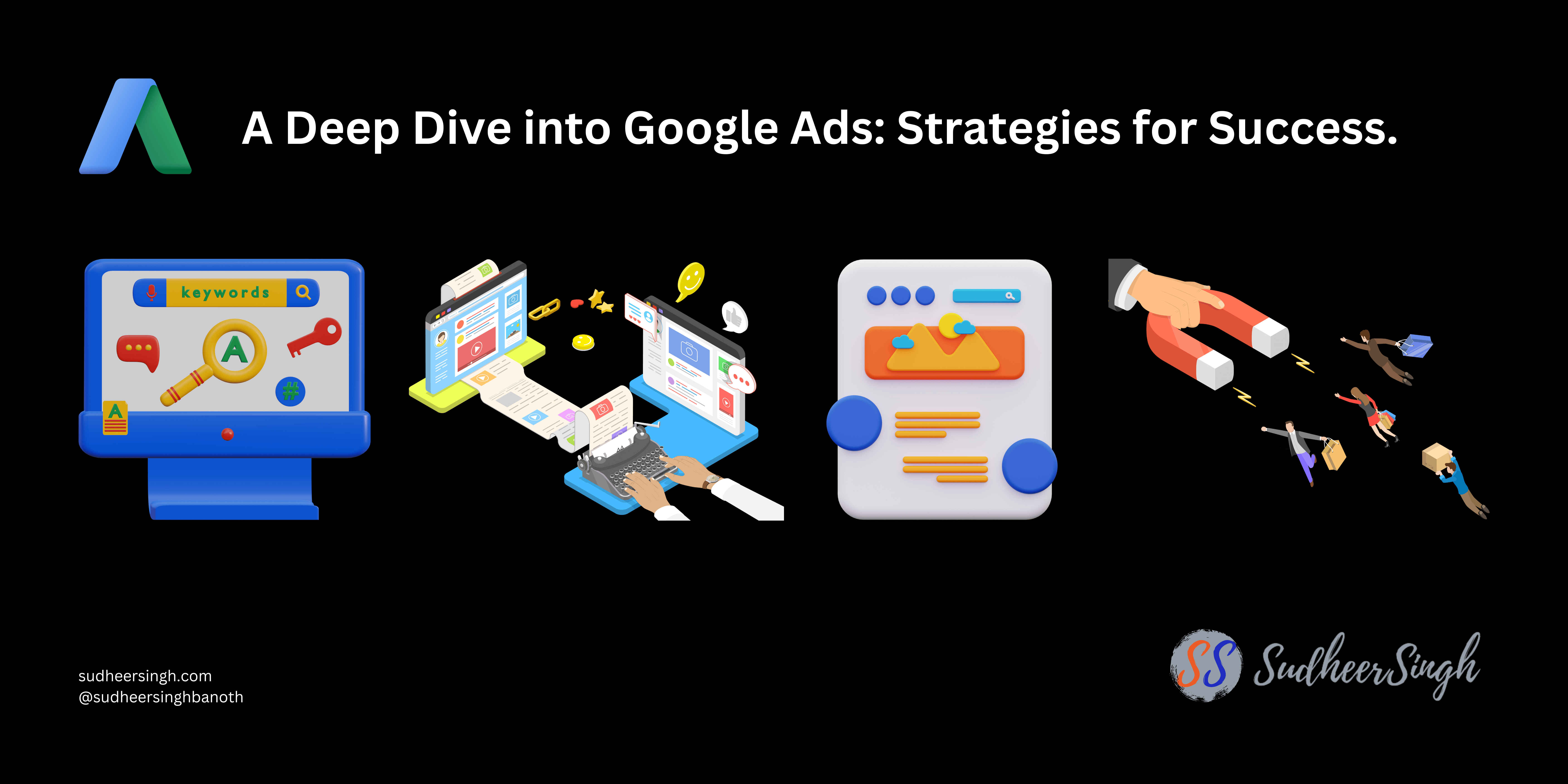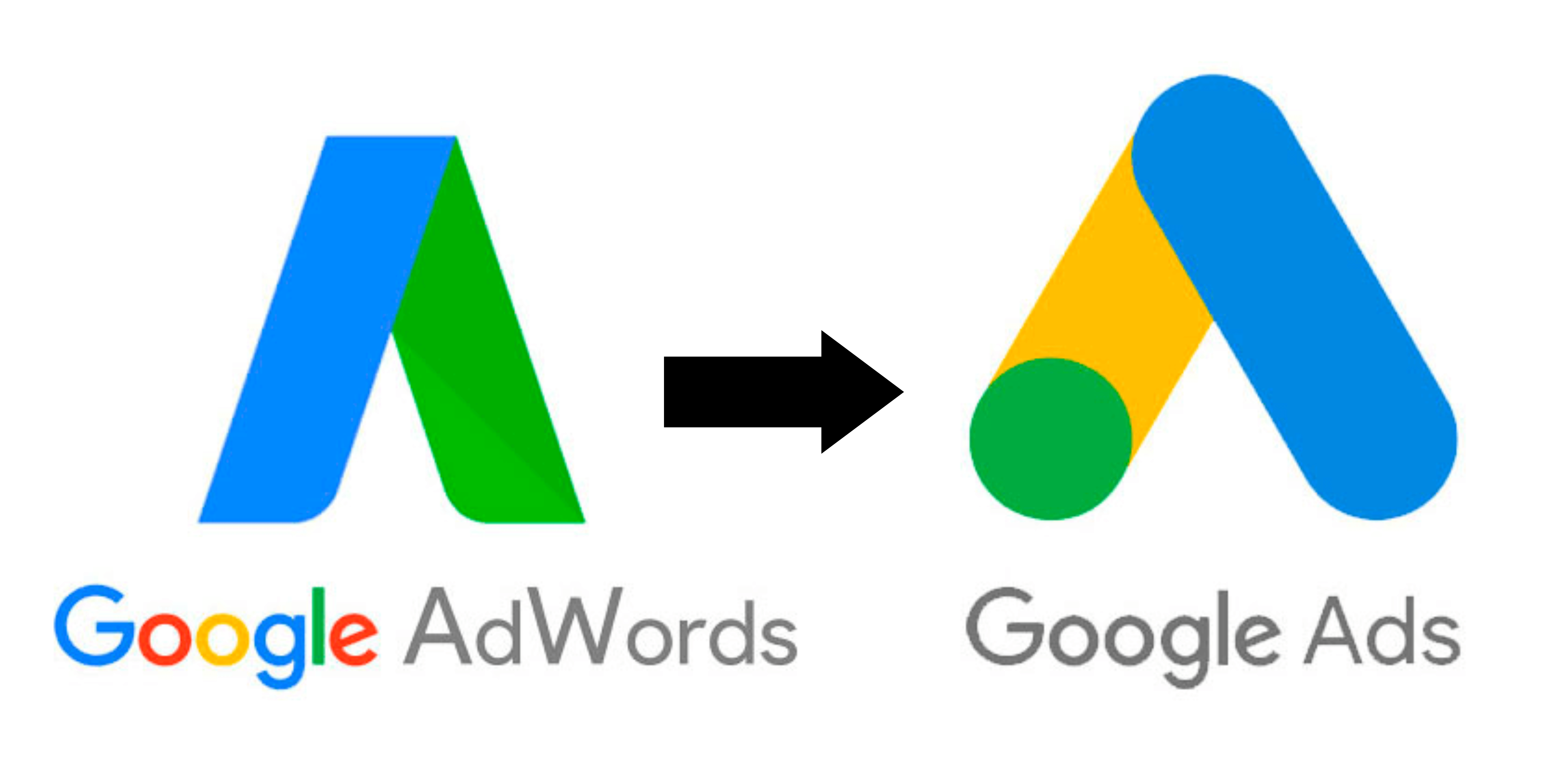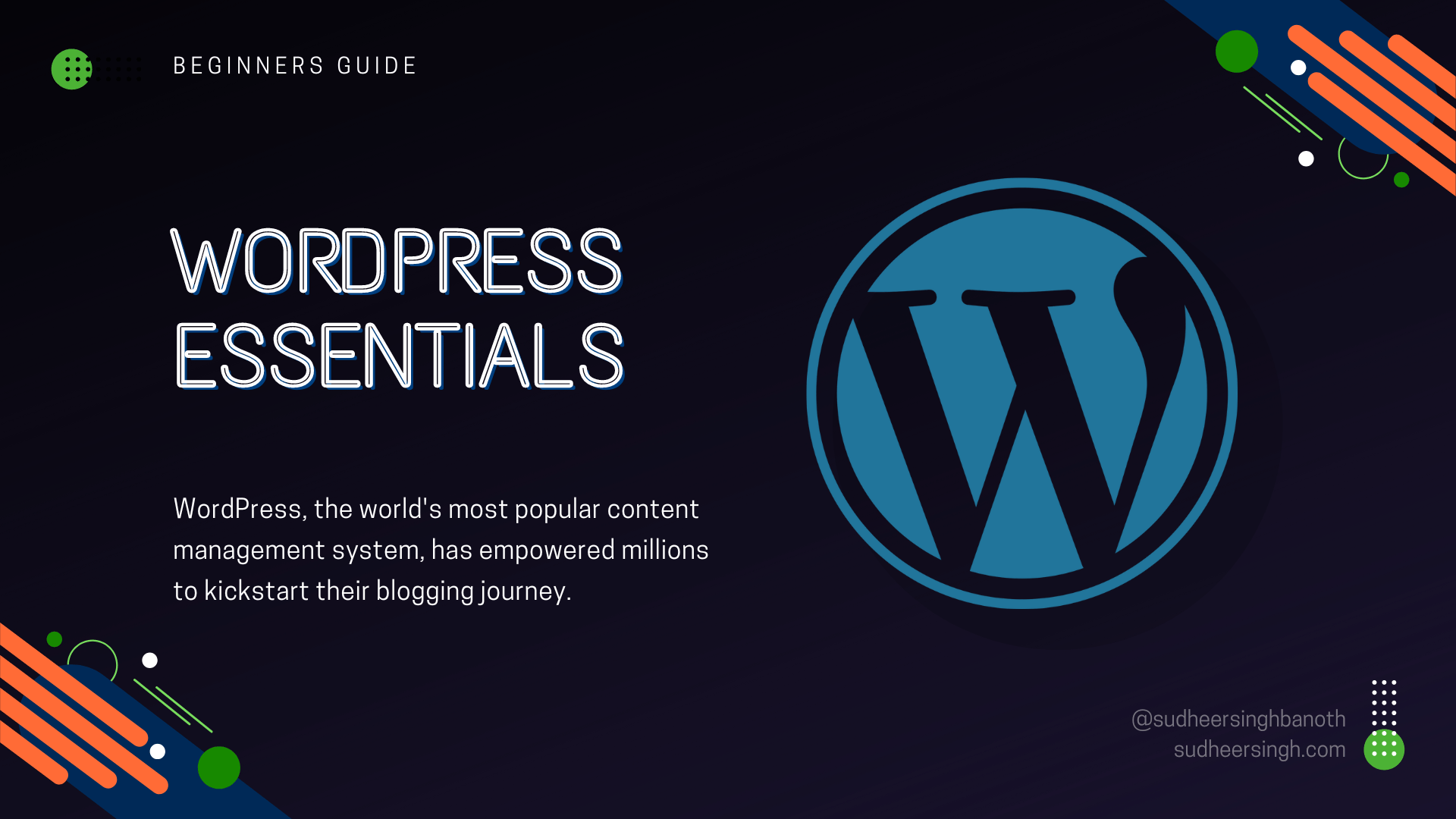
In the vast and intricate realm of digital marketing, Google Ads holds a prominent position, acting as the flag bearer for successful online advertising campaigns. As we move further into the digital age, the strategies, intricacies, and nuances associated with Google Ads have evolved. This article aims to decode the secrets behind successful Google Ads campaigns, offering insights for beginners and pros alike.
1. Understanding the Google Ads Ecosystem
Before diving into strategies, it’s paramount to grasp the holistic view of Google Ads. At its core, Google Ads is a pay-per-click (PPC) platform that allows businesses to place sponsored ads in Google’s search results, Display Network, YouTube, and other partner sites. Its auction-based system ensures that advertisers bid for keywords, and the best-performing ads get prime visibility.
2. Keyword Research: The Cornerstone of Success
A successful Google Ads campaign begins with comprehensive keyword research. Tools like Google’s Keyword Planner can aid in identifying high-volume, low-competition keywords relevant to your business. Remember, it’s not just about traffic, but about relevant traffic that converts.
3. Craft Compelling Ad Copy
Once your keywords are sorted, it’s time to craft a compelling ad copy. This is your chance to communicate your unique selling proposition (USP). An effective ad copy:
- Addresses the user’s intent.
- Offers a solution (your product/service).
- Includes a compelling call-t-action (CTA).
4. Optimize Landing Pages
Sending traffic from your ads to a generic homepage can lead to missed conversion opportunities. Design landing pages that resonate with your ad copy, ensuring that the user journey is seamless from the ad click to conversion.
5. Utilize Ad Extensions
Ad extensions enhance your primary ad copy, providing additional information like phone numbers, location, or additional website links. They not only improve the overall visibility of your ads but also improve click-through rates (CTR).
6. Monitor and Adjust Bidding Strategies
Google Ads offers various bidding strategies, from maximizing conversions to targeting search page location. Regularly monitoring campaign performance and adjusting bids can optimize ROI. Consider automated bidding options that leverage Google’s AI for bid adjustments based on campaign performance.
7. Remarketing: Don’t Forget the Almost-Converts
Remarketing allows you to target users who’ve previously interacted with your site or ads but haven’t converted. These users are already familiar with your brand, increasing the likelihood of conversion upon seeing your ad again.
8. Dive into Advanced Features
For those who have mastered the basics, Google Ads offers advanced features like:
Audience targeting: Allows advertisers to target specific demographics, interests, or even life events.
Dynamic Search Ads: Google automatically generates ad headlines and landing pages based on the website’s content.
Smart Campaigns: Leveraging machine learning, these campaigns auto-optimize for businesses that lack time for manual adjustments.
9. Regularly Review and Refine
The digital landscape is ever-evolving. Regularly reviewing your Google Ads campaigns ensures that they remain aligned with business goals. Adjust keywords, ad copy, or targeting options based on performance metrics and the changing business environment.
10. Stay Updated
Finally, the world of Google Ads is not static. Google frequently updates its platform, introducing new features, retiring old ones, or tweaking its algorithm. Staying updated ensures that you’re always ahead of the curve.
Conclusion
Succeeding in Google Ads requires a blend of strategic planning, continuous learning, and adaptation. It’s not just about setting up a campaign but about nurturing and refining it. With the right strategies in place, Google Ads can become a potent tool in your digital marketing arsenal, driving not just traffic but meaningful conversions that boost your bottom line.



